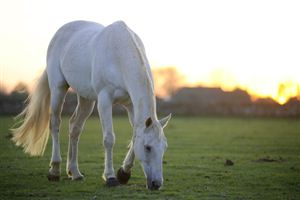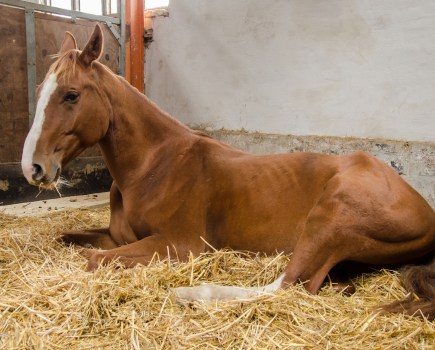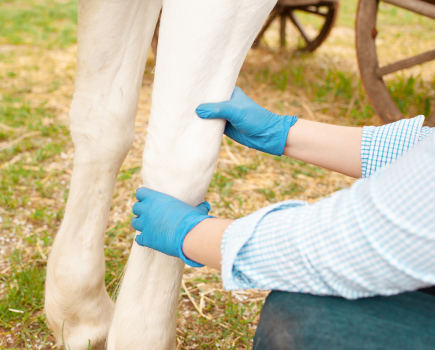We speak to equine vet Nancy Homewood who tells us about the abnormal reaction, Photosensitisation, and how you can prevent and treat it.
Photosensitisation is an abnormal reaction to sunlight that occurs when a ‘photodynamic agent’ such as a plant, chemical, fungi or bacteria in the skin is present in the horse’s circulation due to ingestion or absorption through the skin. The condition can be split into two categories, primary and secondary.
Primary photosensitisation occurs when your horse ingests lush green plants containing photodynamic agents, such as St John’s Wort or clover. Secondary photosensitisation is the most common type and occurs due to liver damage, most often as a result of eating of plants such as ragwort.
The condition appears in ‘sunburn-like’ lesions that are confined to pink or hairless areas of his skin. The most commonly-affected areas are the muzzle, eyelids and ears. The skin is likely to look swollen, reddened, and may ooze and crust. In severe cases, the skin can actually slough away.
Painkilling and soothing treatments should be adequate for horses without underlying liver issues. Corticosteroids may be given as anti-inflammatories, and antibiotics for secondary infections.
If the horse has underlying liver problems then treatment will be more extensive and prognosis will be quite poor, so speak to your vet for more advice. A blood sample can be taken to assess liver and bile duct function if there is concern.
Prevent exposure to sunlight either by grazing your horse at night or using appropriate face and muzzle masks. Make sure you apply sun cream to exposed areas to help act as a barrier to the sunlight.
St John’s Wort and buckwheat are commonly-found photosensitising agents, so avoid grazing susceptible horses in pasture containing these.









